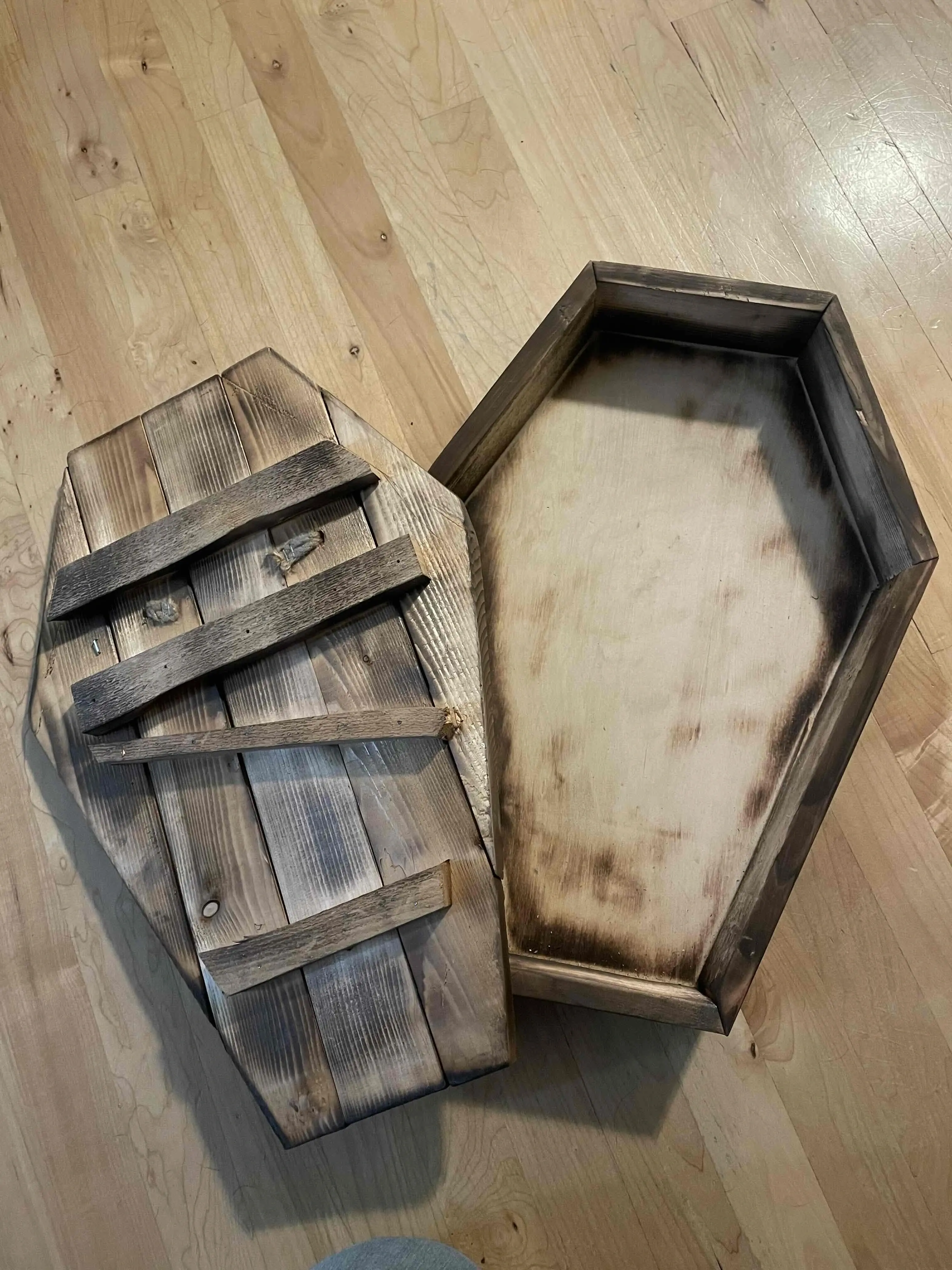cross-posted from: https://pixelfed.crimedad.work/p/crimedad/705187000877520551
Is this correct for the updated blade guard on a radial arm saw?
The carriage doesn’t go back far enough for the blade guard to fall down behind the fence. I thought the guard was supposed to keep the carriage in the home position until the user lifts it with the lever on the handle. I’m wondering if I did something wrong. Any RAS users know what I’m talking about?
Radial (cut off your) arm saws are one of the few tools in the shop that give me the heebie jeebies. Yes, they can be operated safely but, yikes.
It’s funny because I have never used a table saw and they are intimidating to me. Like, the blade is just right there waiting for someone to fall on it.
It’s honestly really impressive seeing the SawStop table saws stop. If I’m reading it right, they use capacitance to detect a body part and take advantage of the space below the table to let the blade fall into while braking it.
Yeah the SawStop technology is really cool and it’s too bad that it’s held up by patents. In my case, because of budget and physical space constraints, the RAS turned out to be the right choice for me.
I thought they announced they were making the patent public so other companies could make the blade stop mechanisms and hopefully save more lives/body parts
I hadn’t heard that before, but you are correct. However, I don’t think there’s a date when this will actually happen. The statement from SawStop says that it’s “many years away”.
Ah so once the patent has been used to its fullest lol
They did.
Intimidated is good in this case but a table saw is not really any more dangerous than a radial arm saw. You also don’t have to worry about the blade riding up and grabbing the material. A good (cabinet saw or high end contractor) table saw is a very accurate and vesatile tool.
A solid low cost option is a Craftsman 113 series which, with the right model (10 inch belt drive) and upgrades, is an excellent saw. There’s still a whole lot of them sitting around in garages collecting dust, ready to be picked up for less than a couple hundred bucks.
I know a guy who’s dad cut off a couple fingers showing someone how to safely operate one. I think the best way to operate one is to never turn it on and sell the cursed tool to some rube.
What makes them more dangerous than a sliding Mitre saw in this orientation? Obviously tilting it until the blade is parallel to the workbench is terrible but like this I’ve never understood how they’re any more dangerous.
The direction the blade spins means it can jump towards you if it binds. Like any tool, it’s safe when you use it right, but a moment of inattention could be messy. Mainly I find the ripping set up terrifying.
Agreed on the ripping setup .
I don’t own a radial arm saw, but is that not backwards? The left side of the guard has the smooth slope, which seems like it’d raise up over a workpiece easier than the right side. But take my comment with a grain of salt…
In the photo, the yoke is configured for crosscutting with the blade perpendicular to the fence. After clearing the fence the guard is supposed to rest on the workpiece. When configured for ripping, the yoke is rotated so that the blade is parallel to the fence and the workpiece is fed into the side with the curved guard edge, which smoothly rides over the workpiece.
Ah, nice. Thanks!
I’d say yes but, at the same time, I failed shop class and that was like 20 years ago.




